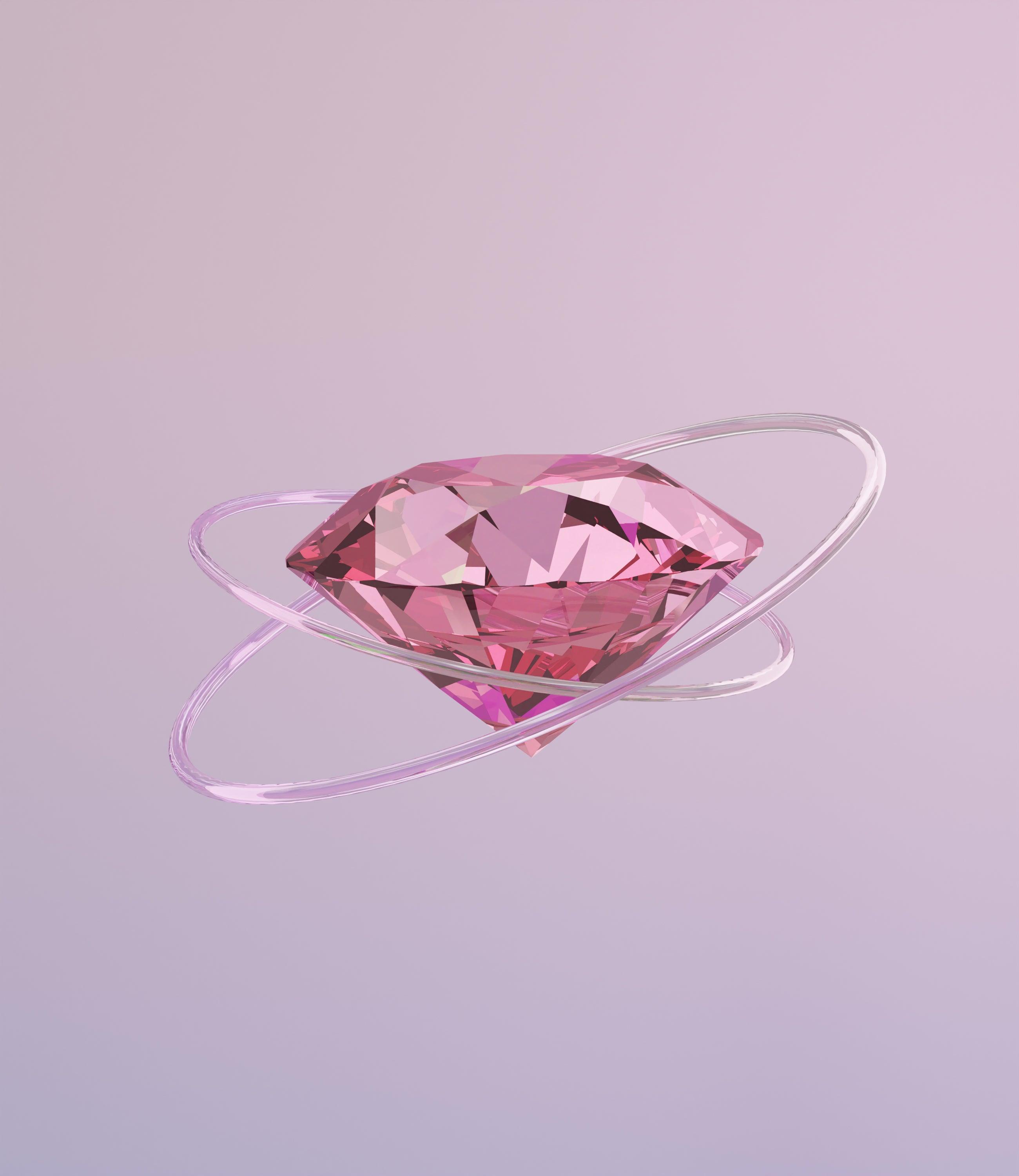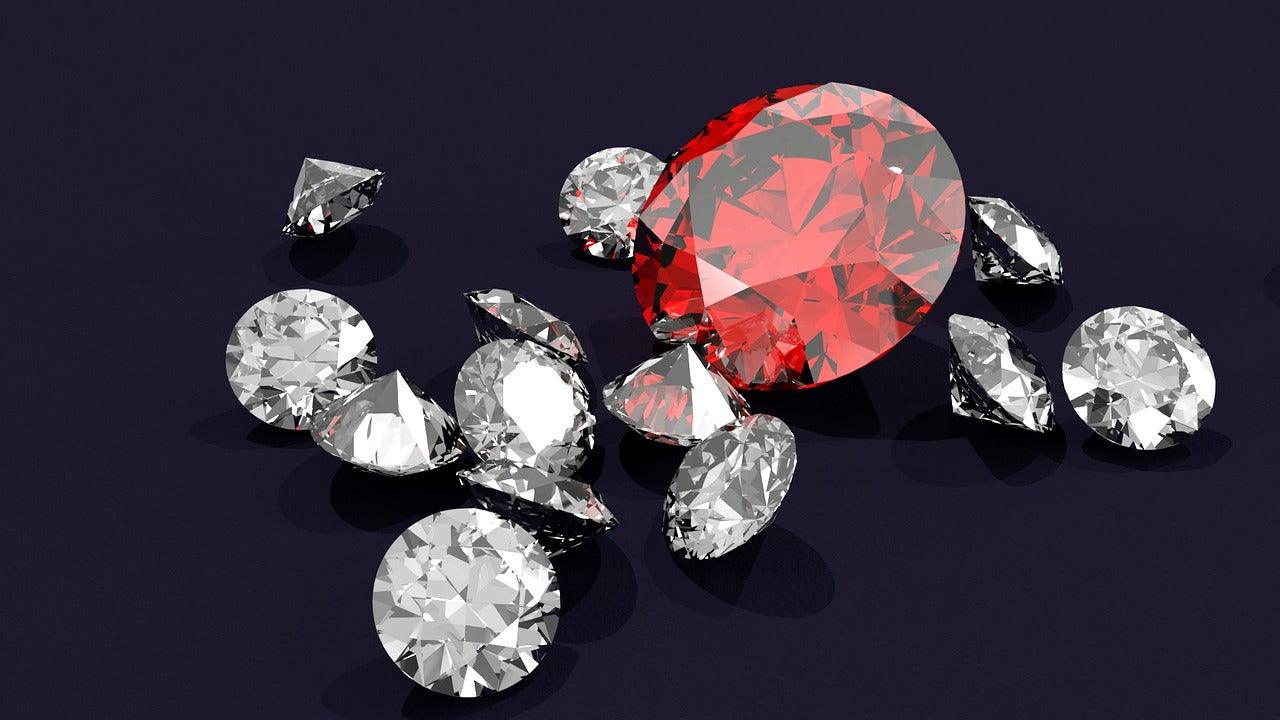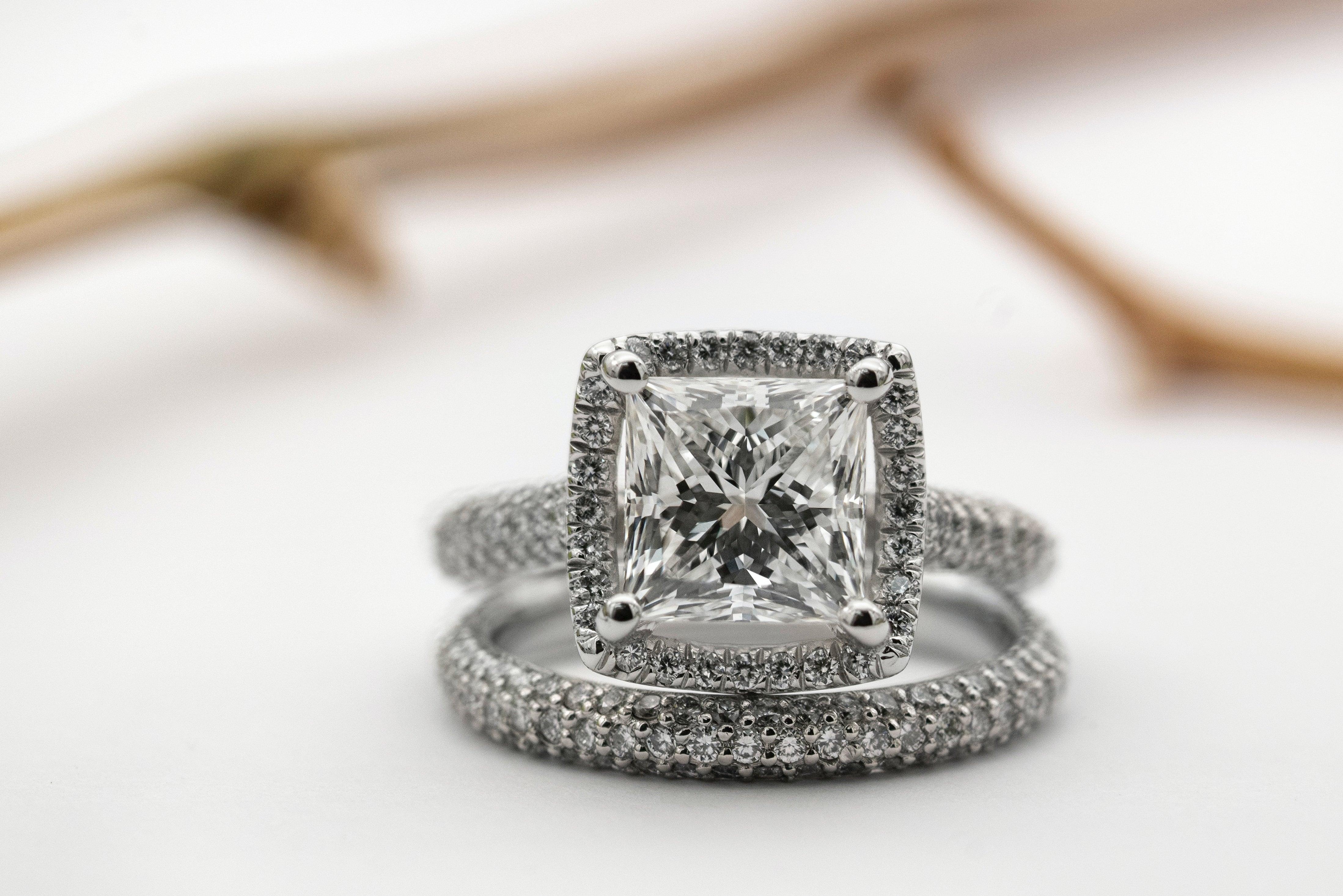
The Science Behind Sparkle: How Lab-Grown Diamonds are Made
Understanding Lab-Grown Diamonds
Lab-grown diamonds are diamonds created in controlled laboratory environments that mimic the natural diamond-growing process. Despite being created in a fraction of the time it takes for natural diamonds to form, they possess the same chemical, physical, a nd optical properties as their mined counterparts. Lab-grown diamonds have gained popularity for their ethical, environmental, and cost-related advantages, but let's explore how science makes the magic happen.
The Seed Crystal
The journey of a lab-grown diamond begins with a tiny, carefully selected piece of natural diamond, known as a seed crystal. This seed crystal serves as the foundation for the growth of the new diamond. It is placed in a high-temperature, high-pressure (HPHT) or chemical vapor deposition (CVD) chamber, where the magic unfolds.
High-Pressure, High-Temperature (HPHT) Method
Carbon Source: In the HPHT method, a carbon source, often in the form of graphite, is mixed with the seed crystal. The carbon atoms from the source material will become part of the growing diamond.
Extreme Conditions: The seed crystal and carbon source are subjected to extreme conditions, replicating the natural environment in which diamonds form. These conditions involve temperatures of around 1,500 to 2,000 degrees Celsius and pressures of 725,000 pounds per square inch (about 5 GigaPascals).
Formation: Under these intense conditions, carbon atoms in the graphite source become dislodged and arrange themselves in a crystal lattice structure, layer by layer, onto the seed crystal. This process is known as diamond crystal growth and can take several weeks to several months, depending on the desired size of the diamond.
Chemical Vapor Deposition (CVD) Method Carbon-Rich Gas: In the CVD method, a carbon-rich gas, typically methane, is introduced into a chamber containing the seed crystal.
Energy Source: An energy source, such as microwaves or lasers, is used to break down the methane molecules into carbon and hydrogen atoms.
Carbon Precipitation: The carbon atoms precipitate onto the seed crystal, forming a growing diamond layer. Unlike the HPHT method, CVD diamonds grow layer by layer from the gas phase onto the seed crystal.
Controlled Growth: The process is carefully controlled to ensure the growth of a high -quality diamond, with precise control over factors like temperature, pressure, and gas composition.
Post-Growth Treatments
Once the lab-grown diamond has reached the desired size, it may undergo post-growth treatments to improve its color or clarity. These treatments can include high-temperature annealing to remove color or laser drilling to eliminate inclusions. It's importan t to note that these treatments are similar to those used for natural diamonds.
Cutting and Polishing
After the growth and any necessary treatments, the lab-grown diamond is cut and polished by skilled gemologists. The goal is to maximize the diamond's brilliance and beauty. The choice of shape and cut is based on the unique characteristics of each diamond , and it can vary from round brilliant to princess, emerald, or any other preferred shape.
Grading and Certification
Lab-grown diamonds are subjected to the same rigorous grading standards as natural diamonds. Independent gemological laboratories assess the diamond's quality and characteristics, including the Four Cs: carat weight, color, clarity, and cut. These grades provide consumers with valuable information about the diamond's quality and value.
The Future of Lab-Grown Diamonds
The science behind lab-grown diamonds is continually evolving, with ongoing research and development aimed at producing larger, higher-quality diamonds more efficiently. As technology advances, lab-grown diamonds are becoming more accessible and affordable, making them a compelling choice for consumers who value ethical, sustainable, and environmentally conscious alternatives.
Advantages of Lab-Grown Diamonds
Ethical Sourcing: Lab-grown diamonds are ethically sourced and free from the concerns associated with traditional diamond mining, such as conflicts and human rights abuses in certain regions. Environmental Responsibility: The production of lab-grown diamonds has a significantly lower environmental impact compared to diamond mining. It reduces habitat disruption and carbon emissions.
Cost-Effective: Lab-grown diamonds are typically more affordable than their natural counterparts, allowing consumers to enjoy high-quality gemstones at a lower cost.
Customization: Lab-grown diamonds offer endless possibilities for customization, enabling consumers to choose from various shapes, sizes, and settings to create unique and meaningful jewelry.
Transparency: Most reputable lab-grown diamond producers provide detailed information about the diamond's origin, grading, and quality, ensuring transparency in the supply chain.
The science behind lab-grown diamonds is a testament to human ingenuity and innovation. It allows us to harness the brilliance and beauty of diamonds without the ethical and environmental concerns associated with traditional diamond mining. As technology continues to advance, lab-grown diamonds are poised to play an increasingly prominent role in the world of fine jewelry, offering consumers an ethical, sustainable, and brilliant alternative. With lab-grown diamonds, science has paved the way for a more responsible and sparkling future in the world of gemstones.



